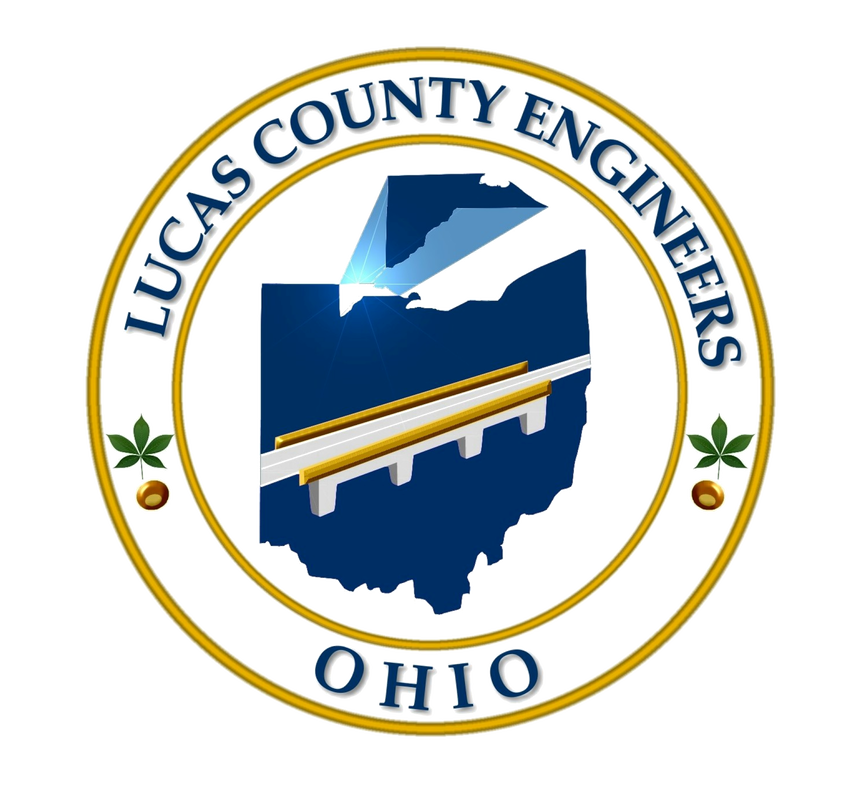MCM 3: Illicit Discharge Detection and Elimination
|
An illicit discharge is defined by the Environmental Protection Agency (EPA) as any discharge into to a storm sewer system that is not composed entirely of rain water. Illicit discharges occur when pollutants are directly poured into a storm sewer, ditch or stream, as well as when pollutants are picked up by rain water and carried to stormwater infrastructure, mostly by human pollution.
Examples of illicit discharges: - Connections from washing machines, dishwashers, toilets, floor drains, or sinks - Paint, cleaners, or chemicals - Overflowing sanitary sewers - Leaking septic tanks and failing septic tanks - Yard waste like grass clippings, pet waste - Oil, gas and car fluids - Cooking oil and grease - Litter and illegal dumping |
Lucas County Engineer’s Stormwater Lab
Lucas County Stormwater Department saw a need for gathering local water quality data in unincorporated Lucas County, thus the creation of our Stormwater Lab. This comes after its project study plan was approved by the Ohio EPA’s Surface Water Credible Data Program for level 2 chemical water quality assessment. The state program classifies surface water monitoring performed by watershed groups, state agencies, schools, local volunteers, and other organizations, who gather the data to help improve water quality.
Pollutants that will be tested at LCEO’s new lab include phosphorus (both total and ortho), nitrate, E. coli, and phycocyanin, with the majority of the pollutants listed as total maximum daily load (TMDL) pollutants - maximum amount of a pollutant that a waterbody can accept and still meet the state's water quality standards for public health and healthy ecosystems - for the waterways in unincorporated Lucas County.
Nutrient and phycocyanin testing is aimed directly at collecting baseline values for the constituents that fuel harmful algal blooms (HABs) every year. All data collected as part of the County's project study plan will be provided to Ohio EPA for the Credible Data Program.
This is the beginning of water quality monitoring for all county projects going forward. This newly engaged lab is excited for collaboration with watershed parties within Lucas County.
Lucas County Stormwater Department saw a need for gathering local water quality data in unincorporated Lucas County, thus the creation of our Stormwater Lab. This comes after its project study plan was approved by the Ohio EPA’s Surface Water Credible Data Program for level 2 chemical water quality assessment. The state program classifies surface water monitoring performed by watershed groups, state agencies, schools, local volunteers, and other organizations, who gather the data to help improve water quality.
Pollutants that will be tested at LCEO’s new lab include phosphorus (both total and ortho), nitrate, E. coli, and phycocyanin, with the majority of the pollutants listed as total maximum daily load (TMDL) pollutants - maximum amount of a pollutant that a waterbody can accept and still meet the state's water quality standards for public health and healthy ecosystems - for the waterways in unincorporated Lucas County.
Nutrient and phycocyanin testing is aimed directly at collecting baseline values for the constituents that fuel harmful algal blooms (HABs) every year. All data collected as part of the County's project study plan will be provided to Ohio EPA for the Credible Data Program.
This is the beginning of water quality monitoring for all county projects going forward. This newly engaged lab is excited for collaboration with watershed parties within Lucas County.


